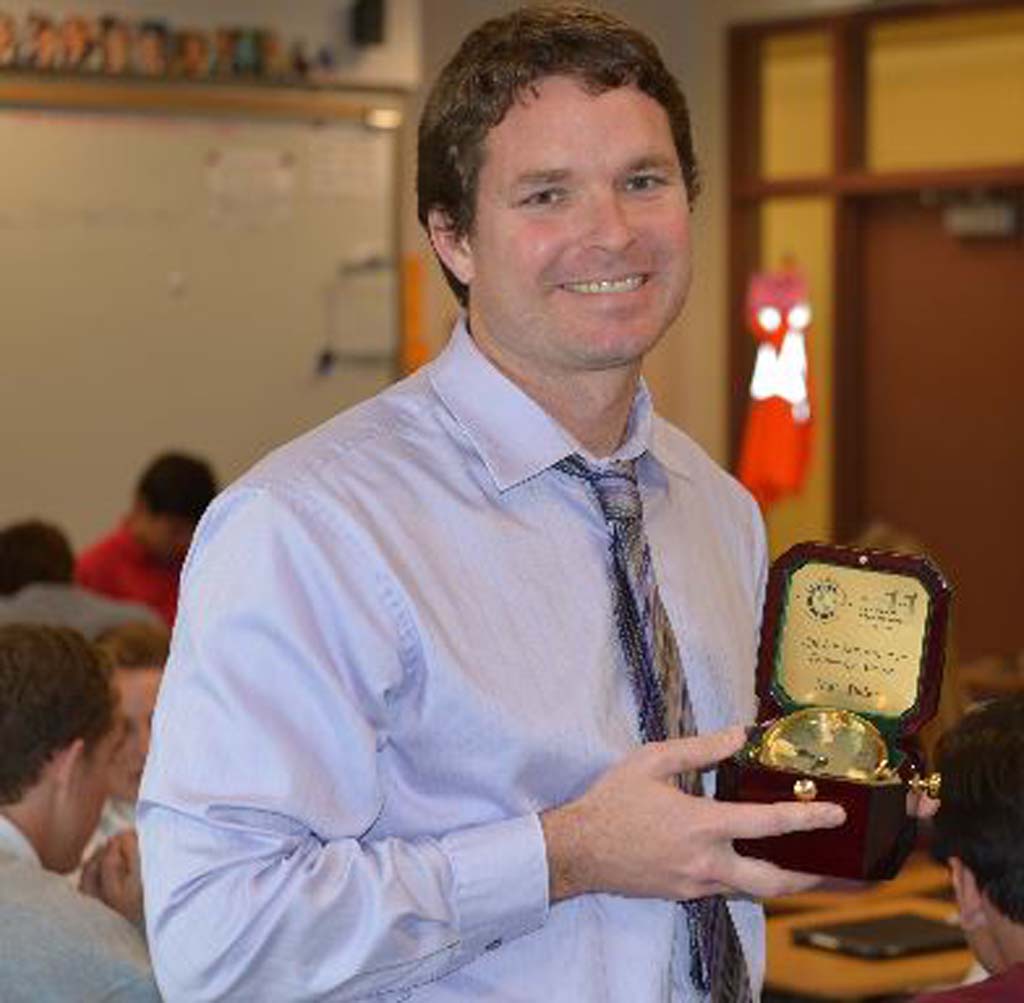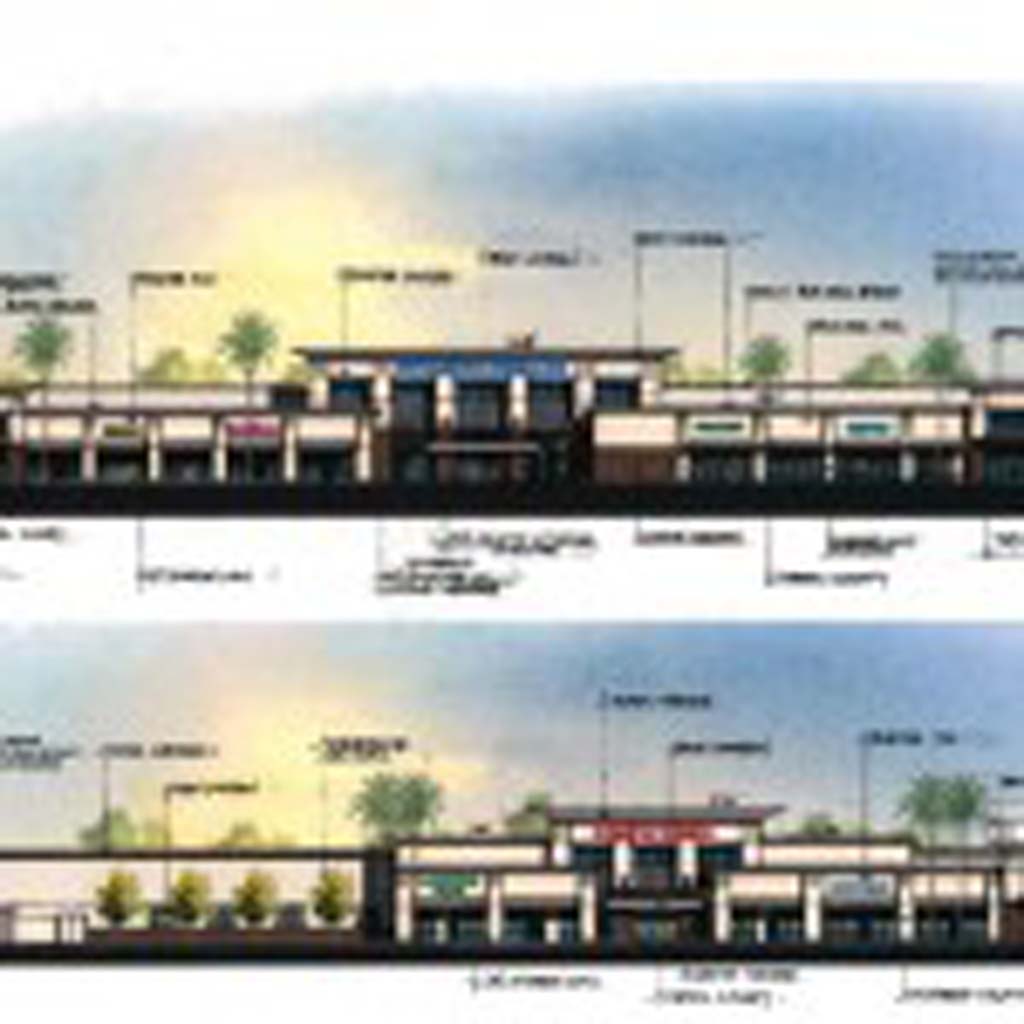CARMEL VALLEY — What began as a means to compensate for his poor handwriting recently earned a Cathedral Catholic High School teacher an award for inspiring students by using technology in his classroom.
Matt Baier teaches advanced placement U.S. government and is director of the private school’s Center for Innovation, which uses technology to augment instruction.
He was honored May 21 at the Classroom of the Future Foundation’s 11th annual Innovation in Education Awards for his work and leadership in integrating technology into classroom learning.
Baier, 36, also trains teachers how to incorporate technology in their classes, creates and manages the school’s online course program and facilitates technology training for parents.
Additionally, he leads outreach and training initiatives for parochial schools in the San Diego area and runs “iPads in the Classroom: A Conference for Educators.”
Baier said he has been using technology since he began teaching in 2000. “It really came out of desperation because I have terrible handwriting,” he said.
He bought a projector so students could better read his work. “Ever since I came to Cathedral (six years ago) I’ve had nothing but support for my whacky ideas. I’ve never been told no. They always say, ‘Maybe’ or ‘Let’s see how we can make this work.’
“Early on I was allowed to explore ways to integrate technology into my lessons,” he added.
One of his earliest efforts allowed students to create a Ken Burns-style piece using archival footage and photographs for their end-of-the-year world history project.
About three years ago, when all students were provided with iPads, Baier created interactive textbooks specifically for his class.
“That was cool because I could customize the books for what they were learning in my class,” he said. “And the parents appreciated not having to pay for books.”
Instead of simply writing research papers, students can post their projects for all the world to view. Those who receive the most likes get extra-credit points.
“It uses technology to connect with the world outside of the classroom,” he said. “It seems to motivate the students. The care more if they know a stranger will see it.”
Baier created two of the school’s 10 online courses, all of which are accredited by the University of California system. Students do the work at home to free up schedules for other classes or remediate a bad grade.
Going forward he plans to improve a technology course for parents. He said most are fairly tech savvy but those who aren’t can be intimidated. He also wants to teach them about online privacy and how to help students balance technology while also engaging in other activities.
Baier said technology has shown learning doesn’t take place only on weekdays during school hours.
“Learning happens everywhere,” he said. “By recording our lessons they can learn all the time. Communication can happen more often. There’s online tutoring at home. Learning doesn’t have to be separated in life.”
Baier said one of the major downsides to technology is teaching students about their presence on social media.
“What they post can follow them around for life,” he said. “What seems funny now may not be when they are applying for college or a job.”
The Classroom of the Future Foundation is a local organization that brings San Diego County’s education and business communities together to facilitate partnerships, which create innovative learning environments that prepare students to thrive in a competitive global society.
The foundation asks educators and school district leaders to submit their respective learning programs for Innovation in Education Awards consideration. Winners are chosen by a jury of local business and education leaders.



